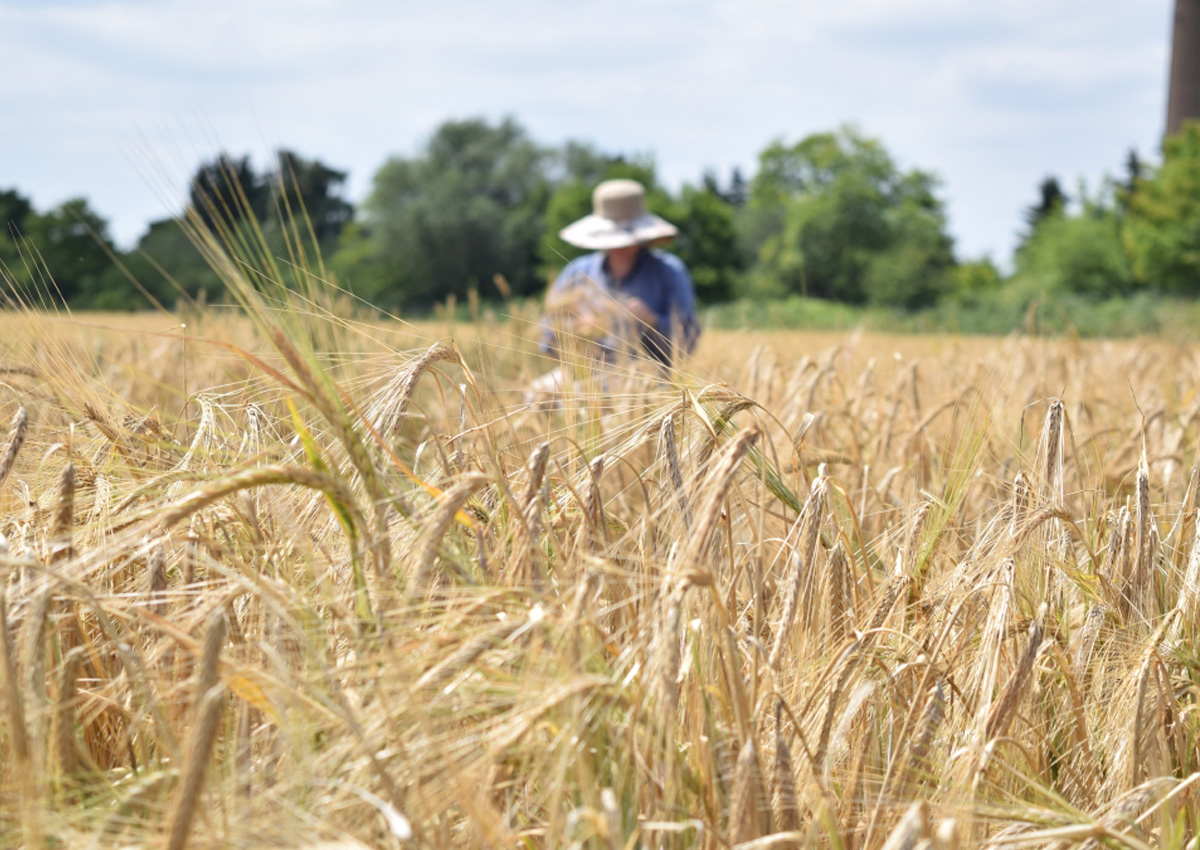
Scientists Find Gene for Slim Inflorescence Shape of Barley
October 28, 2020| |
An international research team led by the Leibniz Institute of Plant Genetics and Crop Plant Research (IPK) has identified a gene that plays a decisive role in the development of barley's slender inflorescences called spikes. The COMPOSITUM1 (COM1) gene was discovered to have acquired a new function during grass evolution.
The "spikelet meristem" (SM) plays a central role during the development of the grass inflorescence. To do this, however, cells destined to become SM must first attain the SM identity. This is achieved, among other things, by gene regulation. Dr. Naser Poursarebani, first-author of the study and discoverer of the COM1 gene explains that the COM1 barley mutant e.g. is compromised in a way that the corresponding cells cannot perceive or convert the SM identity signal. The signal transmission does not function properly so that the cells cannot attain their correct cell identity, she added.
In barley, COM1 normally ensures that meristem cells develop into spikelets by influencing the properties of their cell walls and thus ultimately controlling cell growth. COM1's contribution to this identity signal is also its newly discovered function, which is not found in other grasses such as rice, maize, sorghum, or twigs (Brachypodium distachyon L.). Barley COM1 function is fundamentally different from those above-mentioned grass species, in which the gene rather promotes the formation of inflorescence branches.
For more details, read the press release from IPK.
| |
You might also like:
- Genetic Discovery Explains Barley's Sodium Tolerance
- University of Adelaide Researchers Uncover Barley's Brewing Secrets
- Scientists Develop Healthier Barley
Biotech Updates is a weekly newsletter of ISAAA, a not-for-profit organization. It is distributed for free to over 22,000 subscribers worldwide to inform them about the key developments in biosciences, especially in biotechnology. Your support will help us in our mission to feed the world with knowledge. You can help by donating as little as $10.
-
See more articles:
-
News from Around the World
- International Regulators, Tech Developers Share Experiences on Animal Biotech
- Ghana's Scientists to Seek Commercial Approval for GE Cowpea
- Thai Farmer Highlights Role of Biotech in Changing the Course of Agriculture
- UAE Passes Mandatory Biotech Labeling Law
- Scientists Find Gene for Slim Inflorescence Shape of Barley
- Research Team Finds Hormones Control Root Length
- Higher Income Nations See Harm in GM Food; Lower Income Countries Think they Help People
-
Research Highlights
- Scientists Uncover Molecular Mechanisms in Drought Sensitivity of Rice
-
Plant
- Comprehensive Advancement in Plant Virus Resistance Due to Genetic Engineering
- Genome Editing Offers Solutions to GHG Emission Problems
-
Health
- Initial Tests Show Arthritis Drug Does Not Treat COVID-19
- SARS-CoV-2 Uses Neuropilin-1 to Infect Human Cells
-
Read the latest: - Biotech Updates (December 17, 2025)
- Gene Editing Supplement (December 17, 2025)
- Gene Drive Supplement (February 22, 2023)
-
Subscribe to BU: - Share
- Tweet

